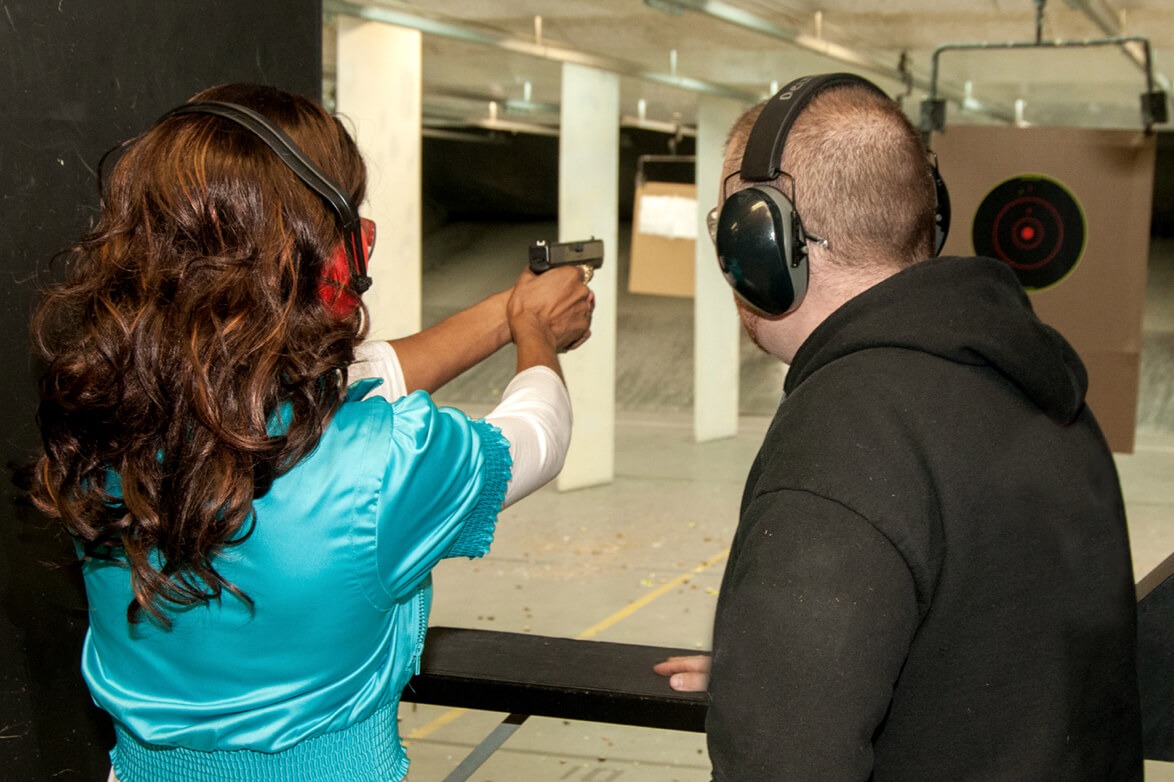 Back to News
Back to News
February 11, 2015
Our Store Has a Disaster Preparedness Plan — or Do We?

The blizzard that recently hit the East Coast hard from Long Island up to Boston and on to Maine could have been a lot worse than it was. Though some areas had to dig out from two to three feet of snow, the snow was unaccompanied by the ice storms that knocked out power for days on end and which seem to be usual fare for those of us trudging through New England winters these days.
Of course, deadly winter storms aren’t the only potential disasters that can strike your home and business. Not all that long ago there was Hurricane Sandy here, the tornadoes that ripped apart Joplin, Missouri, and who could forget Hurricane Katrina, whose damage is still felt more than a decade after her landfall. No one wants to think about these things. Nor do we want to think about building fires or earthquakes, let alone a burglary of your store or a hacking of your computer system. But other than having your insurance premium paid up, are you prepared for any of these disasters? Are your A&D records safe? What will happen to your inventory, your customer lists and your boxes of completed 4473 forms?
Bottom line, you need a disaster plan, whether your disaster is singular to your store or global to your community and region. Having been a part of disasters and planning, here are some field-tested ideas for consideration when building your disaster plan.
-
Form a disaster planning team.
- Senior leadership from your store/company
- For deciding what items are included in the plan.
- Keeping the team on task.
- Securing A&D records.
- To conduct physical inventory.
- For updating A&D records as needed.
- To contact vendors to temporarily stop shipments.
- Human resources
- Checking in with employees, verifying who is okay, as well as who is willing and can respond to the business if needed.
- Have a plan to respond appropriately to questions such as “Do employees get paid after the disaster and when the store is closed.”
- Be prepared to help employees file for unemployment.
- IT
- Maintain a copy of your electronic records offsite and create a plan to update that data regularly. Stored data should be tested to make sure it can be recovered from offsite locations in a usable condition.
- Keep a list of employe
- es and their contact information offsite.
- Other offsite records should include copies of your insurance, business license, tax ID and passwords for any critical services.
- A copy of your disaster recovery plan will need to be stored offsite in addition to the others on this list. This plan should be evaluated and tested periodically with all key stakeholders involved to make sure the plan covers all contingencies.
- Legal
- There will be questions about leases and other legal obligations if the doors are closed due to a disaster.
- You may need to negotiate a new lease if your current location becomes uninhabitable.
- There will be questions about insurance payouts, possible workman’s compensation claims and compliance issues in the face of lost records and firearms inventory.
- Accounting
- Creating a temporary bookkeeping plan.
- Establishing condition of records, invoices, payables, etc.
- Contacting lenders.
- Security
- Securing the property after the disaster
- Assist with conducting inventory
- Public Relations
- Handle inquiries from media
- Provide a statement for customers while the store is temporarily closed and if the business closes permanently.
- Handle announcements regarding reopening events.
- Insurance company
- Provide direction on filing claims and handling losses.
- ATF
- You may need a variance to move business and firearms to a new location.
- See ATF Publication 3317.7 Disaster Preparedness for Federal Firearms Licensees for guidance.
- Local Police
- As the store owner, you will need a full understanding of expectations and services the police will be able to provide during/after a disaster.
- Senior leadership from your store/company
-
Prepare a plan for each type of disaster.
Notice that many of these ideas listed below are interchangeable between disaster types. Also, this is not meant to be an all-inclusive list; you will need to determine what is best for your business.
- Fire
- Fire extinguishing training with store staff.
- Determining extent of the damage.
- Expectations for having the building turned back over to your control once arson is ruled out by authorities.
- Conducting inventory at the earliest opportunity.
- Boarding up or servicing or replacing doors and glass as needed.
- Ordering replacement inventory.
- Tornado
- Training for store staff regarding when and where to take cover with customers if this weather occurs during store hours.
- Determining when the building is safe to reenter after the disaster has passed (this may be at the discretion of law enforcement).
- Hurricane/Flooding/Blizzard
- Knowing when to evacuate staff and customers.
- Securing firearms, including when and where.
- Oiling firearms prior to storage to prevent rust in the humid environment of a hurricane.
- Looting/Civil Disobedience
- Knowing when to evacuate staff and customers.
- Notifying law enforcement.
- Fire
As you build your disaster plan, you should leave room for it to grow and your plan should be reviewed and tested by your team at least annually. In the event you must put the plan into action, you will be thankful you took the time to carefully and thoroughly prepare in advance.
You may also be interested in: Wildfire Preparedness for Federal Firearms Licensees
About the Author
 Bill Napier is a member of NSSF’s retail compliance consultant team. He has more than 30 years’ experience in retail loss prevention, passionately serving others in leadership roles such as site manager, corporate manager and director. Businesses have included small and growing retail chains as well as a Fortune 1000 company. For more than 18 of those 30 years, Napier has been in the retail outdoor arena with responsibility for ATF compliance and firearms related investigations. He often serves as a guest speaker at NSSF’s SHOT Show, as well as at gatherings of the National Retail Federation (NRF), Retail Industry Leaders Association (RILA), Retail Technology (RETECH), ASIS International and The Loss Prevention Foundation, and he has spent more than 20 years in municipal law enforcement as a uniformed patrol officer, detective and supervisor. Additionally, Napier has been a state-certified law enforcement instructor and he serves as a Hunter Education instructor in Nebraska, on the ASIS Retail Loss Prevention Council, is a member of the Subject Matter Expert Committee and serves on the board of directors for The Loss Prevention Foundation.
Bill Napier is a member of NSSF’s retail compliance consultant team. He has more than 30 years’ experience in retail loss prevention, passionately serving others in leadership roles such as site manager, corporate manager and director. Businesses have included small and growing retail chains as well as a Fortune 1000 company. For more than 18 of those 30 years, Napier has been in the retail outdoor arena with responsibility for ATF compliance and firearms related investigations. He often serves as a guest speaker at NSSF’s SHOT Show, as well as at gatherings of the National Retail Federation (NRF), Retail Industry Leaders Association (RILA), Retail Technology (RETECH), ASIS International and The Loss Prevention Foundation, and he has spent more than 20 years in municipal law enforcement as a uniformed patrol officer, detective and supervisor. Additionally, Napier has been a state-certified law enforcement instructor and he serves as a Hunter Education instructor in Nebraska, on the ASIS Retail Loss Prevention Council, is a member of the Subject Matter Expert Committee and serves on the board of directors for The Loss Prevention Foundation.
Categories: Featured, Ranges, Retailers, Top Stories









